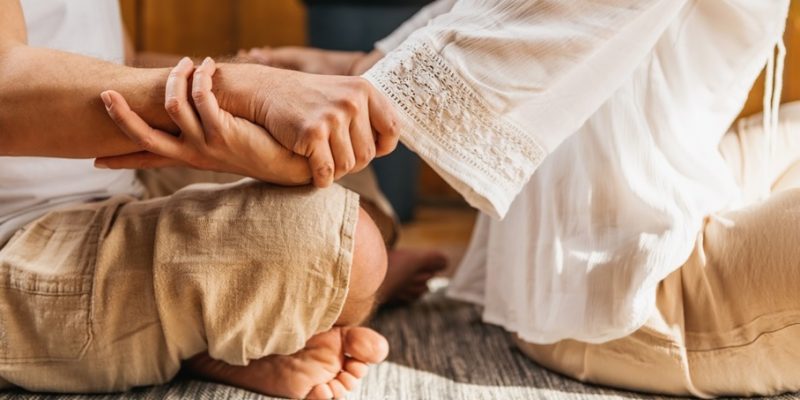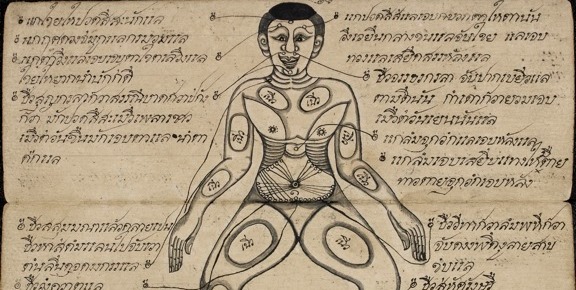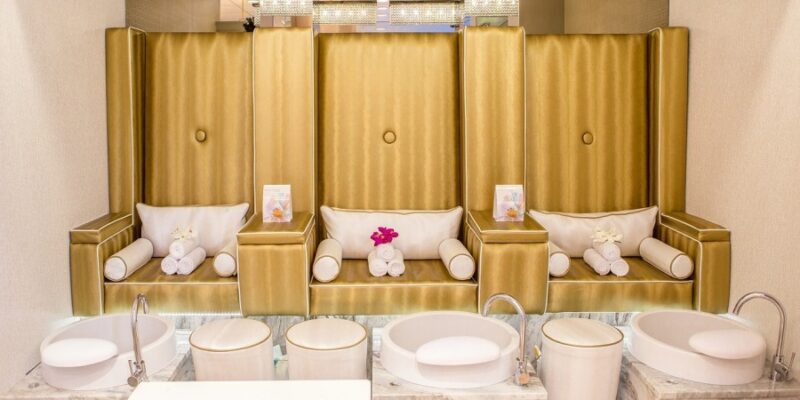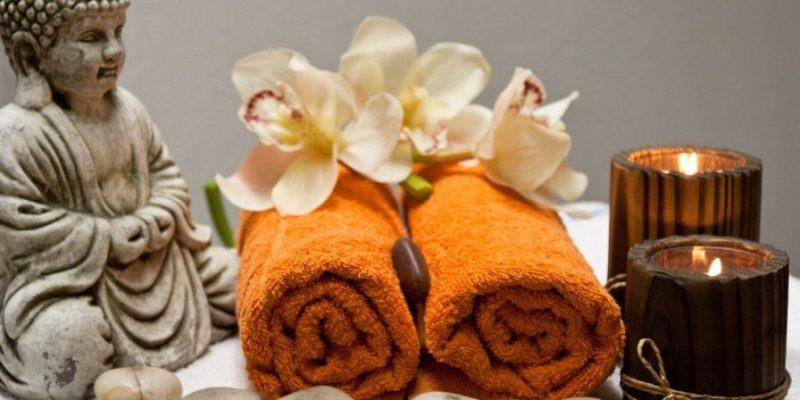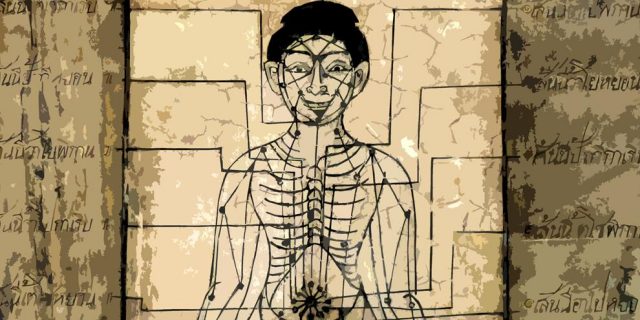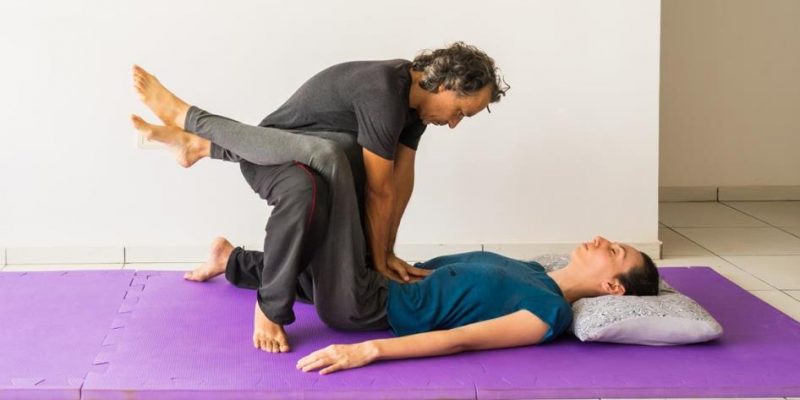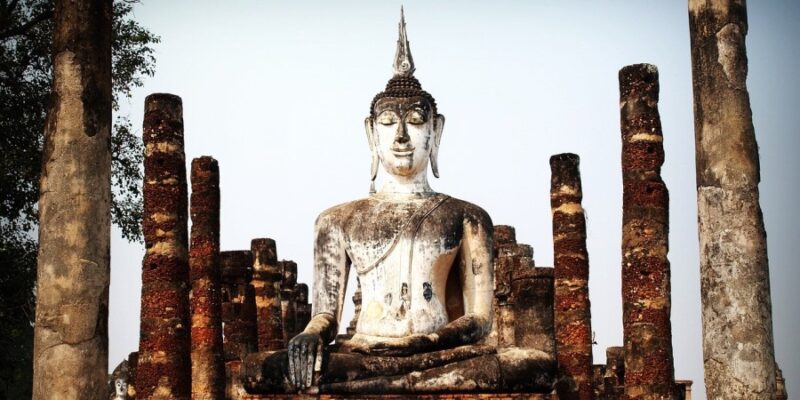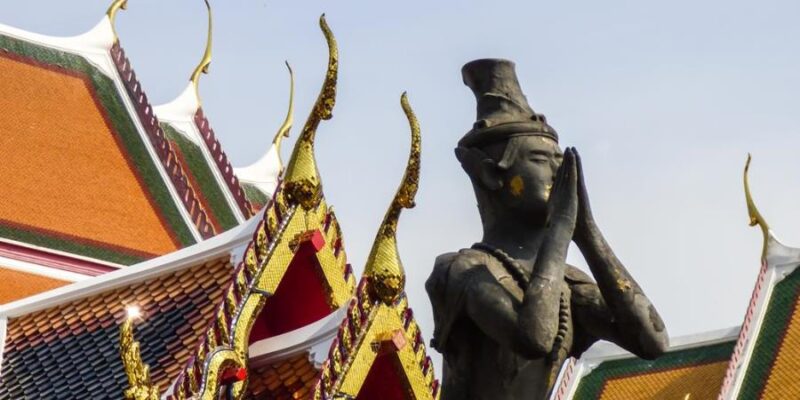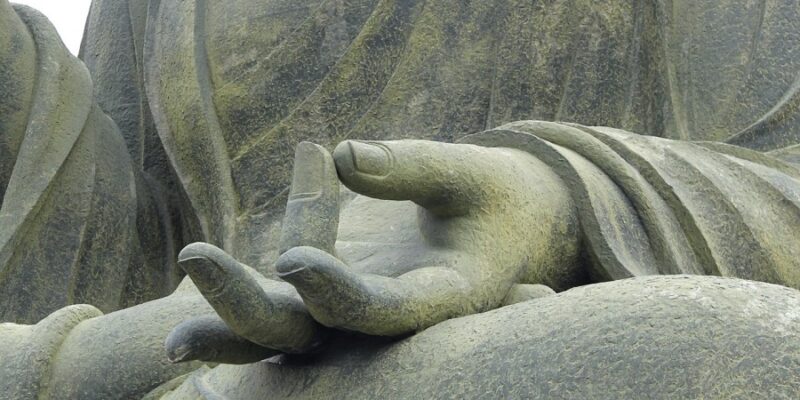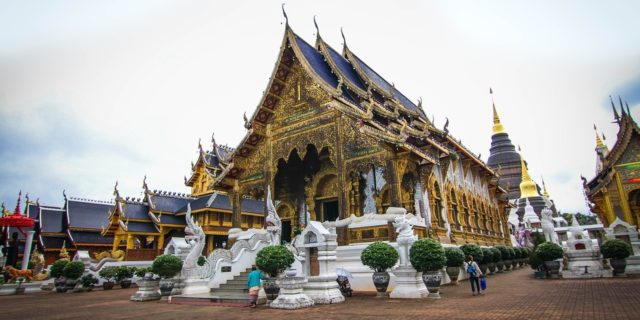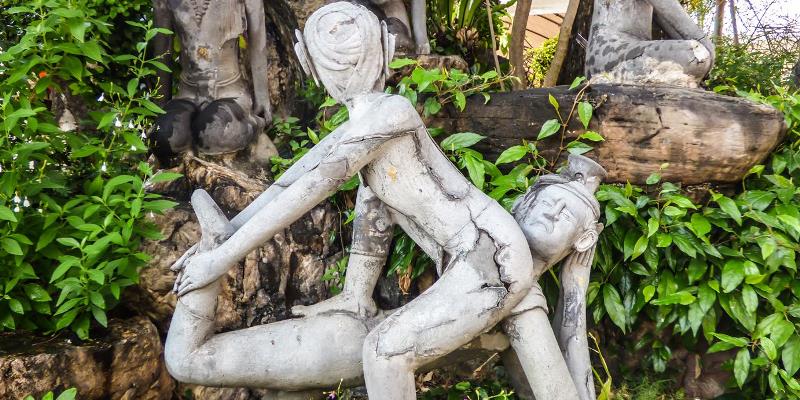
In this article, we take a look at the historical evidence of the existence of Thai Massage in Thailand in ancient times.

Of course, when you read books about the history of Thai Massage or browse the Internet, you will often find the statement that “Thai Massage was created 2,500 years ago by Dr Jivaka Kumar Baccha, an Ayurvedic doctor and contemporary of the Buddha.”
We know now that this is a legendary tale and rather an honorary statement, a token of deep respect of the Thai people to both the Father of Medicine and to the Buddhist religion.
Mind also that the phrase “Thai Massage” is relatively new, something of the past decades. In Thailand (Siam), it has rather been called Nuad (also written Nuat), which later developed into Nuad Thai, and finally into Thai Massage — and today sometimes even referred to as Thai Yoga Massage.
But let’s take a look now at the actual historical references to Thai Massage.
Chakri Dynasty — 1782 to today
Without doubt the best known historical evidence of Thai Massage is to be found at the Wat Pho temple in Bangkok. Not only you will find a few old statues depicting massage work, but especially the marble stone tablets with inscriptions at the temple grounds extensively depict and describe therapeutic Thai Massage. These stone plaques were erected in the period 1831-1841.
Ayutthaya Kingdom — 1351 to 1767
An older account of Thai Massage comes from Simon de la Loubère in his book “Du royaume de Siam,” which translates as “About the Kingdom of Siam.” Simon de la Loubère visited the Thai Royal Court (during the reign of King Narai [1656-1689] in the Thai Ayutthaya Kingdom) as a French diplomat. In his book (1691 CE), he gave evidence of the existence of Thai Massage by writing down: “When any person is sick at Siam he begins with causing his whole body to be molded by one who is skillful herein, who gets upon the body of the sick person and tramples him under his feet.”
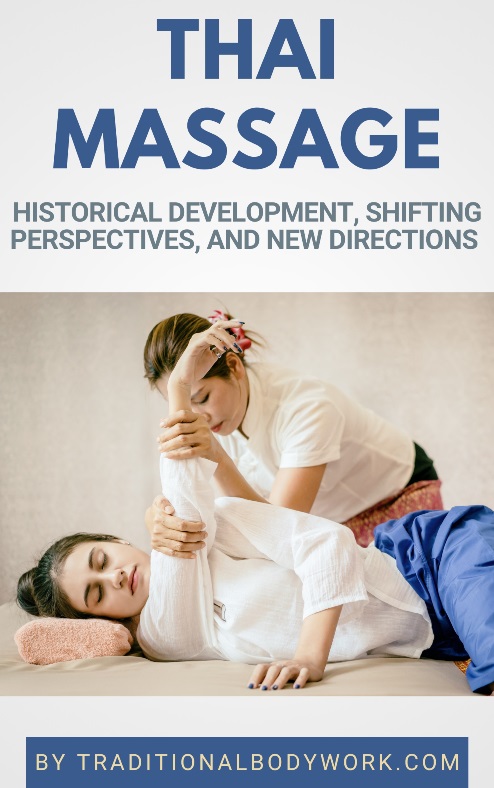
Additionally, during the reign of King Narai (1656-1689), a collection of medicinal knowledge was compiled by royal physicians, which got the name Tamra Osot Phra Narai (translated as The Pharmacopoeia of King Narai, Textbook of Medicine of King Narai, or King Narai’s Text of Herbal Medicine). In this work, we find that healing could be achieved by (a combination of) various methods, such as herbal treatments and other natural remedies, pressure points massage, body and head massage, as well as physical exercise, meditation and adapted diets.
A bit earlier we find the Khun Chang Khun Phaen, a Thai epic poem about love, war and death, with a background of historical events. It was orally transmitted, and is thought to have come into existence around 1600 CE. It was finally written down in the early 19th century. In this poem, we find accounts of massage and acupressure, such as “With her body trembling, she shouted, ‘Servants! Come to help, quick!’ The servants all came up in a rush. They propped her up. They wept. They massaged both her legs. They pressed between her eyebrows to open her eyes.”
The chronicles Phongsawadan Krung Si Ayutthaya (Chronicles of Ayutthaya) written under the King Boromma Trailokanat (1448-1488), account that, in 1455, the palace had two colleges of masseurs, which points to indirect evidence of the use and importance of massage in Thailand (Siam). Moreover, massage therapists were considered royal servants and granted high ranks and land ownership.
Sukhothai Kingdom — 1238 to 1448
During the reign of King Ramkamhaeng (1279-1298) stone inscriptions were erected that contain details about the use of herbs in massage therapy.
Lanna Kingdom — 1262 to 1775
The Northern Thai people (an ethnic Tai peoples) had their own kingdom (and own development) until 1775. The kingdom then fell to the Thai Thonburi Kingdom and later to the Chakri Dynasty. This kingdom was called the Lan Na Kingdom or Lanna Kingdom, and is the region where you find the cities of Chiang Mai and Chiang Rai, for instance.

There is much similarity, but also significant difference between Thai and Lanna traditional medicine, and Lanna medicine has quite some theoretical ideas and practical massage and bodywork modalities that are absent in mainstream Thai culture (think, for instance of Tok Sen Hammer Therapy and Yam Khang Fire Therapy).
The Lanna medical texts are written in Lanna script (Tua Mueang) and date back to at least the 13th century. Common therapies found in both Lanna Medicine and Thai Traditional Medicine include: natural medicine, nutrition and diet, physical therapies (compresses, massage), rituals for healing, incantations, meditation, and Reusi Dat Ton, among others.
Today, Lanna and mainstream Thai Traditional Medicine (Chakri Dynasty) have blended many of their modalities, and to see the differences of what is mainstream Thai or Lanna has become increasingly blurred, especially for foreigners.






